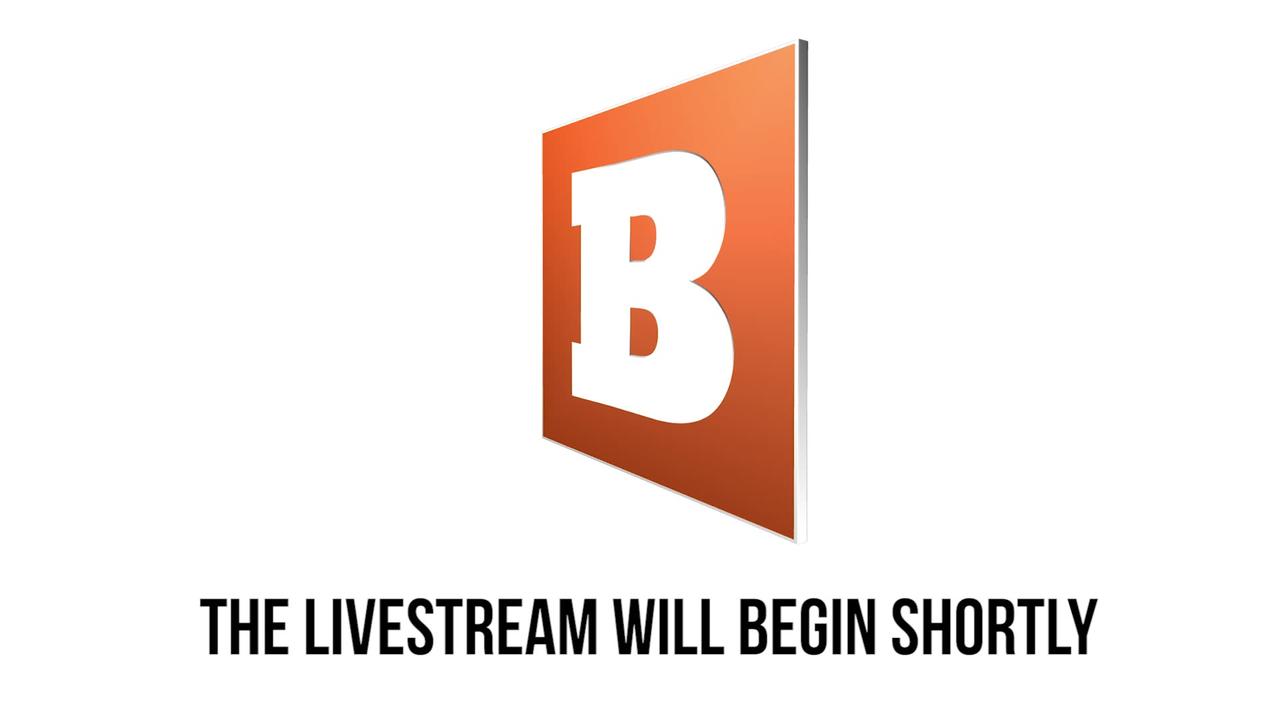White House Press Conference Structure and Protocol

The White House press conference is a regular event where the President of the United States or a designated spokesperson addresses the media and answers questions from reporters.
The press conference typically begins with an opening statement from the President or spokesperson, followed by a question-and-answer session. The President or spokesperson will typically call on reporters by name, and reporters will have the opportunity to ask questions on a variety of topics.
History of Press Conferences
The first White House press conference was held in 1913 by President Woodrow Wilson. Wilson’s press conferences were typically held in the Oval Office, and he would often invite reporters to sit in on his meetings with foreign dignitaries.
In the 1950s, President Dwight Eisenhower began holding televised press conferences. Eisenhower’s press conferences were often contentious, and he was known for his sharp wit and his ability to handle tough questions from reporters.
The White House press conference buzzed with anticipation, its usual hum amplified by a recent international sporting event. Amidst the flurry of questions, a reporter interjected, “Mr. President, what are your thoughts on the Panama vs Bolivia match?” The President’s response was a testament to the global reach of sports, bridging continents and igniting passion in the hearts of nations.
As the conference resumed its focus on domestic affairs, the echoes of the Panama-Bolivia rivalry lingered, a reminder of the unyielding spirit of competition that transcended borders.
Today, White House press conferences are typically held in the James S. Brady Press Briefing Room, which is located in the West Wing of the White House.
Role of the Press Secretary
The White House press secretary is responsible for organizing and moderating press conferences. The press secretary will typically work with the President or spokesperson to prepare for the press conference, and they will also field questions from reporters during the question-and-answer session.
The White House press conference, a stage where the nation’s inquiries are met, briefly illuminated the world of sports when the reporters’ focus turned to the captivating romance between Olympic gymnast Simone Biles and NFL star Jonathan Owens. Their love story , a testament to resilience and support, reminded us of the power of human connection amidst the often-serious nature of the press conference.
The press secretary plays an important role in shaping the public’s perception of the President and the White House. The press secretary must be able to effectively communicate the President’s message to the media, and they must also be able to handle tough questions from reporters.
Notable White House Press Conferences

Throughout history, the White House press conference has served as a pivotal platform for presidents to communicate with the nation and the world. Numerous press conferences have left an indelible mark on public opinion and policy decisions.
One of the most iconic White House press conferences took place on May 27, 1961, when President John F. Kennedy boldly declared, “I believe that this nation should commit itself to achieving the goal, before this decade is out, of landing a man on the Moon and returning him safely to the Earth.” This announcement galvanized the nation and set in motion the ambitious Apollo program, culminating in the historic moon landing in 1969.
Another memorable press conference occurred on August 9, 1974, when President Richard Nixon addressed the Watergate scandal. In a televised speech, Nixon admitted his involvement in the cover-up and announced his resignation, effective the following day. This press conference marked a watershed moment in American history, leading to the first resignation of a U.S. president.
In more recent times, President Barack Obama’s press conference on March 17, 2010, following the passage of the Affordable Care Act, stands out as a significant event. Obama hailed the legislation as a “historic victory” and Artikeld its key provisions, which aimed to expand health insurance coverage to millions of Americans.
Impact on Public Opinion and Policy Decisions
White House press conferences have a profound impact on public opinion. By providing a direct channel of communication between the president and the public, these events can shape perceptions, influence attitudes, and galvanize support for or opposition to policies.
Moreover, press conferences can influence policy decisions. By articulating their vision and priorities, presidents can set the agenda for future debates and negotiations. The announcements made during these events often become the foundation for legislative initiatives and executive actions.
White House Press Conference as a Communication Tool
The White House press conference is a powerful tool for the President and other administration officials to communicate directly with the public and the media. These conferences provide a platform for the President to make announcements, respond to questions from reporters, and shape public opinion on important issues.
Advantages of Press Conferences
- Direct communication: Press conferences allow the President to communicate directly with the public, bypassing the filter of the media. This can help to build trust and rapport with the American people.
- Control over message: Press conferences give the President the opportunity to control the message and frame the issues in a way that is favorable to the administration.
- Public relations: Press conferences can be used to build public support for the President’s policies and initiatives.
Disadvantages of Press Conferences, White house press conference
- Can be confrontational: Press conferences can be a hostile environment, with reporters often asking tough questions and challenging the President’s policies.
- Can be used to spread misinformation: Press conferences can be used by the President to spread misinformation or propaganda.
- Can be time-consuming: Press conferences can be lengthy and time-consuming, taking away from the President’s other duties.
Examples of Press Conferences
- In 1962, President John F. Kennedy used a press conference to announce the Cuban Missile Crisis.
- In 1998, President Bill Clinton used a press conference to apologize for his affair with Monica Lewinsky.
- In 2003, President George W. Bush used a press conference to announce the invasion of Iraq.
